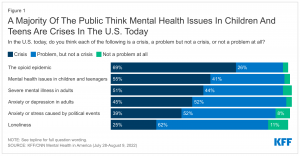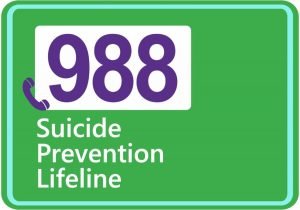From 2011 to 2022, over half a million lives (539,810) were lost to suicide, with 2022 showing the highest number of deaths on record. Within this period, the adjusted suicide rate increased by 16%. Recognizing the mounting mental health crisis and demand for accessible crisis care, the federal government introduced a new crisis number, 988, available nationwide in July 2022. This easy to remember three-digit number connects callers who are suicidal or experiencing a mental health emergency to a crisis counselor at one of 200+ local crisis call centers. There, they may access crisis counseling, resources, referrals, and connections to other crisis services. Though suicide deaths slowed in 2019 and 2020, they began to increase again in 2021 and 2022, but the cause of this recent rise in suicides is unclear.
Key takeaways from an analysis of aggregate provisional data from 2022 and CDC WONDER data from 2011 to 2021, which represents the most recent and comprehensive data available before the mid-2022 launch of 988, include the following:
- CDC’s provisional data for 2022 show a record high of 49,369 suicide deaths, coming after modest declines in 2019 and 2020.
- In 2022, provisional data indicates the highest number of gun-related suicides on record; increases in firearm suicides are driving the increases in overall suicide deaths in recent years.
- Suicide death rates in 2021 were highest among American Indian and Alaska Native people, males, and people who live in rural areas.
- Suicide deaths are increasing fastest among people of color, younger people, and those who live in rural areas with many groups seeing increases of 30% or more from 2011 to 2021.
- Suicide death rates varied considerably by state in 2021, as did the rate of change between 2011 and 2021.




